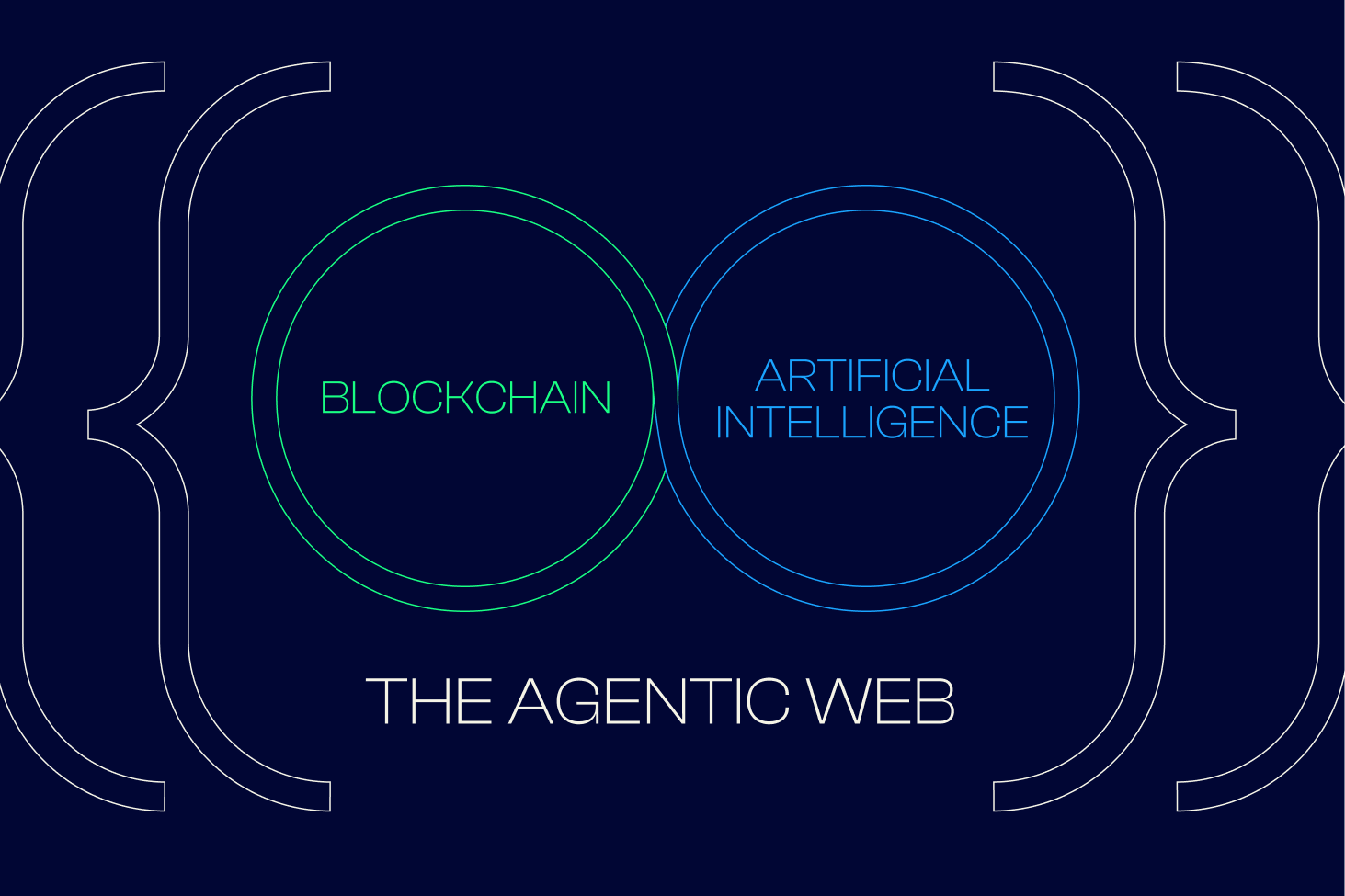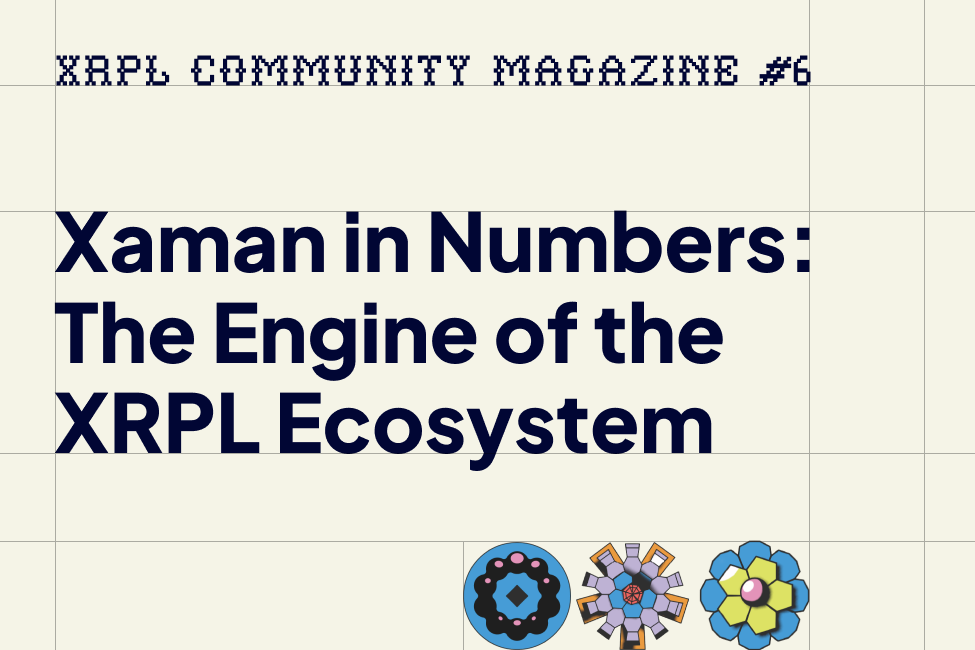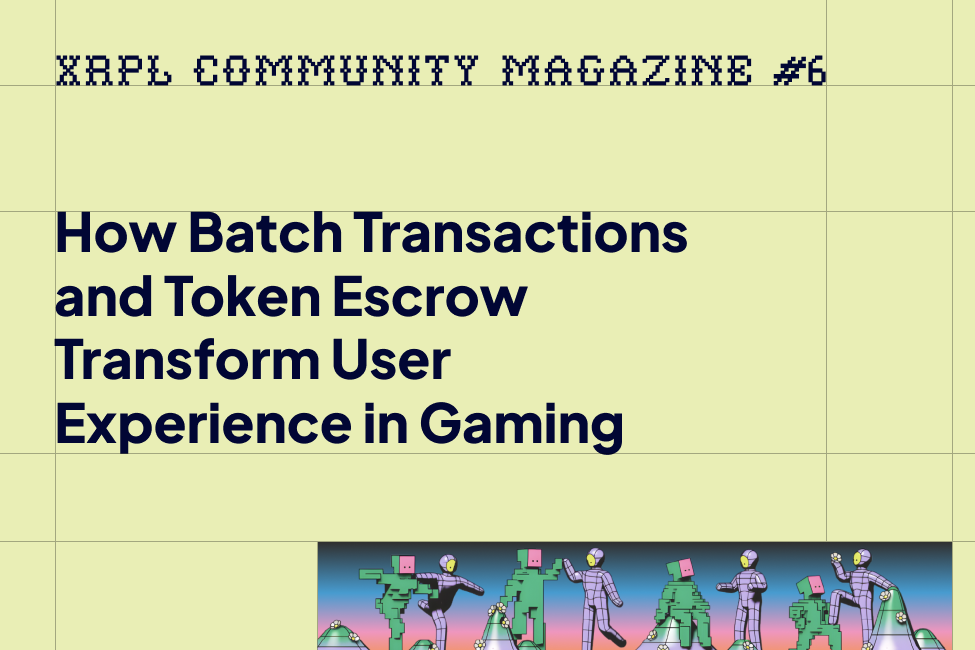The Agentic Web: The Blockchain & AI Cross-Chain Interoperability Era
In 2025, the fusion of blockchain and AI is ushering in new levels of automation, security, and transparency across industries. Smart contracts and predictive AI, coupled with blockchain’s assurances of data integrity and auditability, are catalyzing not only efficiency gains but also entirely new business models across financial services, healthcare, supply chains, digital identity, and beyond. This new Agentic Web unlocks a future where trust is algorithmic, operations are autonomous, and value flows seamlessly across ecosystems.
Key industry use cases are paving the way for new developments in 2025.
The convergence of blockchain and AI, especially with enhanced interoperability frameworks, is set to transform industries by enabling smarter, more secure, and automated processes. This analysis explores several central areas of progress:
1. Interoperability Layers and Cross-Chain Technical Enablers
- Cross-Chain Data Sharing and Interoperability Middleware: Interoperability frameworks, cross-chain protocols, and bridges now allow AI systems to aggregate and process data across multiple blockchain networks, powering dApps that can function across ecosystems.
- Decentralized AI Networks: By distributing computation and model validation, these networks reduce reliance on centralized AI infrastructures and enhance trust.
- Decentralized AI Marketplaces: Networks of data providers, model creators, and service consumers interact via blockchain-based AI marketplaces where tokenized incentives drive collaborative problem-solving at scale.
- Data Oracles: Oracles are crucial for feeding real-world data securely into smart contracts, allowing AI to make actionable decisions based on external events in real time.
2. AI-Powered Smart Contracts and Automated Decision-Making
AI-Enhanced Smart Contracts are evolving from simple rule-based automation to intelligent contracts that leverage AI for predictive analytics, contract negotiation, and exception handling. In the Financial Service Industry, they can automate loan approvals, adapt to market changes, and trigger settlements or compliance actions without manual oversight.
Dynamic Risk Management: AI models, securely traced via blockchain, enable real-time risk assessments, fraud detection, and adaptive countermeasures in banking, insurance, and capital markets.
3. Tokenization of Unconventional Assets
The practice of tokenizing assets is expected to expand to unconventional areas, making previously inaccessible assets liquid and part of the global economy.
AI agents are accelerating this trend: Businesses are converting invoices and assets into digital tokens for instant liquidity, with AI optimizing financing terms and automatically validating transactions on-chain. AI agents act as programmatic market makers, setting prices, narrowing spreads, and ensuring healthy trading volume and reliable bid/ask levels.
4. The New Agent Economy & Business Models:
The rapid convergence of AI agents and blockchain is giving rise to a transformative “Agent Economy,” where autonomous digital entities transact, create, and manage wealth—unlocking entirely new business models:
- New Commerce: AI Agents are already engaging in commerce with each other, such as AI agents buying assets (i.e. digital assets, art) from other AI agents.
- Diversified Revenue Streams: AI agents are exploring diversified revenue streams like creator payouts from social media, music streaming, advertising, and validator staking.
- AI Agents in Investment Dows Agents- AI agents in Investment DAOs analyze governance proposals and market data, automate portfolio rebalancing, vote on behalf of members, and execute smart contracts for trades, liquidity provision, and capital allocation with little human oversight.
- “Agentic Finance”, powered by specialized financial infrastructure, will soon enable AI agents to autonomously represent users and enterprises—negotiating, buying, or selling tokenized assets, managing on-chain treasuries, and automating real-world transactions—using purpose-built systems designed for agent-initiated payments and decision-making in both digital and physical marketplaces
5. Data Security, Privacy, and Trustable AI
Blockchain is being explored as a way to ensure the fairness of AI models, ensure audit trails, and provide the critical “Proof of Humanity” across agents' digital identities.
- Immutable Audit Trails: Blockchain records every interaction and decision of AI systems, creating tamper-proof, auditable logs—critical for regulated industries, healthcare, and compliance-heavy sectors.
- Data Sovereignty and Digital Identity: Enterprises are now using blockchain for decentralized identity management, where AI-verified credentials can be shared frictionlessly but remain user-owned – rapidly replacing legacy ID verification in the finance and SaaS sectors.
- Bug Detection & Swarm Intelligence: LLMs are being used to find bugs and vulnerabilities in code, improving the security of smart contracts. This approach is foundational to the next generation of decentralized AI, agent economies, and even on-chain governance systems.
A Swarm Intelligence refers to a collective of AI agents cooperating, either privately (in a “cabal” for secrecy/resource pooling), or publicly (in a “trust” governed by openness/reputation)—to solve problems and create value far beyond what solo agents can achieve.
New Challenges and Risks
- Lack of Standards and Regulatory Uncertainty: Lack of clear, universal legal frameworks for AI-powered smart contracts poses compliance and liability risks.
- Interoperability Gaps: AI and blockchain platforms still function in silos, limiting cross-chain and cross-system collaboration.
- Ethics & Bias: There are currently no robust, blockchain-based solutions to ensure AI fairness or audit bias.
- Security Concerns: Increased risk of hacks and “blackhat” AI agents exploiting open protocols.
- Complexity & Scaling: Both technologies are complex and challenging to scale reliably.
- Hype Risk: Overhyped expectations could spur bubbles and misaligned investment.
As AI and blockchain converge, an agent-driven web built on interoperable networks is transforming the digital economy, revolutionizing how value is created and exchanged. In this new era, innovation accelerates, networks interconnect, and programmable value flows freely. Those who build the underlying infrastructure for agent interaction will shape the future, as the rise of agentic, on-chain intelligence redefines what’s possible in the new digital world.
📣 Sneak Peek Alert! This article is a preview from the upcoming XRPL Community Magazine,
which will be released online October 28 here and in print on November 12, 2025.















